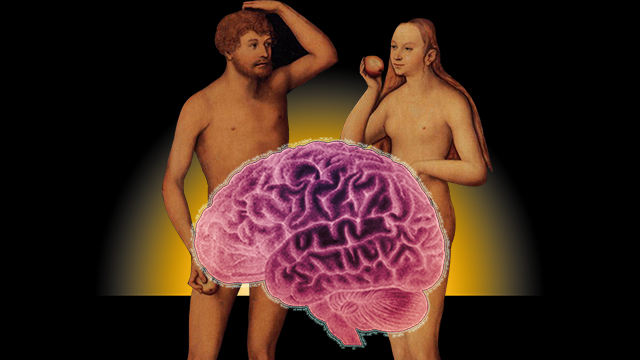News flash - as of February 1st, 2013, public nudity is illegal in San Francisco. But well before the law went into effect, it generated a tremendous amount of debate. Lines were drawn between freedom of expression and freedom from someone else’s expression, with abundant moral, cultural, and legal arguments on both sides. That is all well and good, but in our data and research-driven culture, how might a scientific perspective bear on the debate over baring oneself?
One important thing science tells us is that humans are hyper-tuned to the sight of bare skin. We recognize nude images quicker than almost anything--faster than cars, clothed people, or faces--and we do it within 0.2 seconds. From 0.3 seconds onwards, studies show a range of emotional reactions, some of them perhaps counter-intuitive: men actually become less aggressive subsequent to seeing images of nude women. And then there are obvious results: nudity causes arousal.
But even predictable reactions such as sexual interest vary according to sex and sexual orientation. For example: female arousal depends much more on the depiction of some sexual activity rather than simple portrayals of nudity. And homosexual women are generally more aroused by images of nude women than men, whereas heterosexual women respond equally to both sexes.
Such findings may pique our interest, but more relevant to the San Francisco nudity debate is the potential effect of nudity exposure upon children. “There is the problem of the inadvertent viewer,” explains Paul Abramson, a psychology professor at UCLA and expert witness in over three decades of sex-related litigation, “And you have to consider them [kids] as inadvertent viewers in public.”
Until the late 1980s, however, little research had been done on the effects of nudity exposure upon children. Without empirical evidence, professionals were left to offer opinions based on common societal beliefs regarding nudity. “At that time,” says Abramson, “there were exaggerated horrors about the consequences of exposure to parental nudity; parents sleeping in the same bed with kids or sharing hot tubs.” Many psychologists assumed such exposure would be detrimental to children, and could even constitute subtle forms of sexual abuse.
